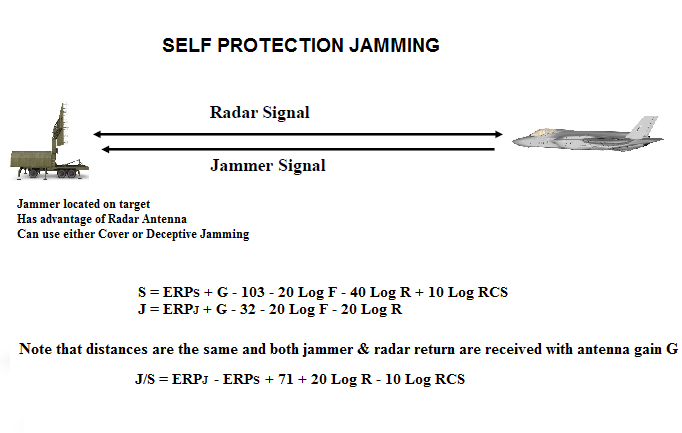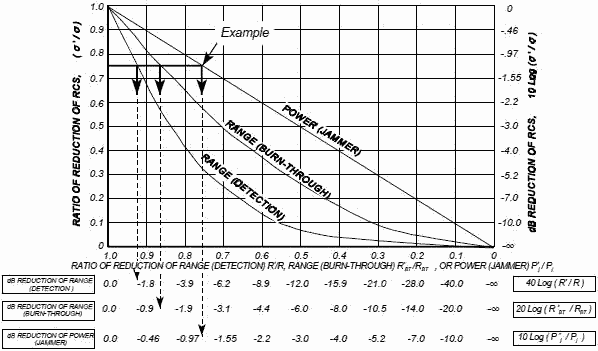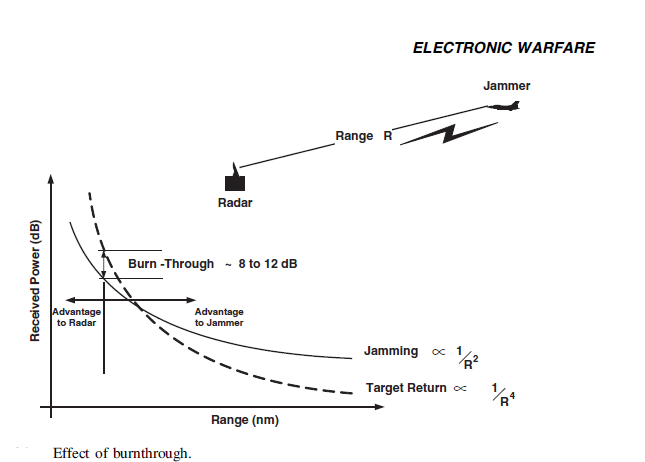Qutoe from a article:-
DRFM technology has several features. First, it provides coherent time delay of RF signals in applications like radar and electronic warfare. It also produces coherent deception jamming to a radar system by replaying a captured radar pulse with a small delay, which makes the target appear to move.
DRFM also can modulate captured pulse data in amplitude, frequency, and phase to provide other affects. A Doppler shift correlates range and range rate trackers in the radar. DRFM also can replay captured radar pulses many times to fool the radar into perceiving many targets.
Small packages, fast response, and large volumes of low-latency compute power define modern DRFM evolution, Mercury officials say. The company's latest DRFM technology produces modules as thin as 0.44 inches, and capitalizes on direct digital synthesizer (DDS) local oscillator (LO) technology.
DDS delivers sub-microsecond tuning speeds over a wide bandwidth, while advanced circuit design and simulation helps reduce spurious, inter-module and phase noise.
So the f15s equipped with DRFM Jammers could not jam the aesa radar but than it makes me to wonder why America is doing this:-
Maybe they are buying something with millions of dollars which they say cant do its job
Navy and Air Force choose DRFM jammers from Mercury Systems to help spoof enemy radar:-http://
www.militaryaerospace.com/articles/2014/06/mercury-drfm-jammer.html
Sent from my ASUS_Z008D using Tapatalk
You deeply mistaken how jamming system work , jamming doesnt work like "oh ,if i have AESA radar i will be immune to all jamming " or " oh if i have DRFM jamming then i can jam every single kind of radar"
It is not that simple :
There are 2 class of jamming in general :
The first one is noise jamming : Noise jamming is the form of electronic countermeasure where jammer transmit an interference signal ( white noise) in enemy’s radar direction so that the aircraft reflection is completely submerged by interference.This type of jamming is also called ‘denial jamming’ or ‘obscuration jamming’. The primary advantage of noise jamming is that only minimal details about the enemy equipment need be known. This class of jamming is rather simple and can be used not only as self protection but also support ( cover )jamming , disadvantages is that it often require much higher jamming power than deceptive jamming
The second class of jamming is deceptive jamming : Deception jammers carry receiving devices on board in order to analyze the radar transmission, and then send back false target-like signals in order to confuse the radar.This is in contrast to noise type of jamming,whose objective is to obscure the real signal by injecting a suitable level of noise-like interference into the victim system.Techniques like “noise jamming” are useful for taking a radar installation out of commission, but more sophisticated deception jamming can make the enemy think their radar is still working when it is actually reporting incorrect target range and velocity information With deception jamming, an exact knowledge of not only the enemy radar’s frequency, but all other transmission parameters is required. Deceptive jamming, in a way , is spot or point jamming of a more intelligent nature, HoJ mode of missiles are often less effective again deception jamming because missiles often do not know they are being jammed ( It important to note that , if jamming is detected then HoJ can still be used ).
In recent years capability of radar deceptive jamming has been enhanced significantly with the development of Digital Radio Frequency Memory (DRFM) techniques .Jammers with DRFM technology are widely reported in literature , for example ALQ-187(v)2 , ALQ-131 EA PUP , Falcon edge , ALQ-211(V)9 , ALQ-214(V)3 , Spectra , ASQ-239.DRFM is a technology in which a high-speed sampling digital memory is used for storage and recreation of radio frequency signals.The most significant aspect of DRFM is that as a digital “duplicate” of the received signal, it is coherent with the source of the received signal. As opposed to analog ‘memory loops’, there is no signal degradation caused by continuously cycling the energy through a front-end amplifier which allows for greater range errors for reactive jamming and allows for predictive jamming.
.Deceptive jamming require much less transmitting power and often less vulnerable to HoJ , however ,unlike noise jamming , radar can counter deceptive jamming by various method such as frequency hopping , PRF jittering , pulse compression or leading edge tracking ..etc ( more sophisticated jamming method will require more sophisticated ECCM method ).
But the most important factor that people always overlooked when talking about jamming is the jamming-signal ratio , that can be seen as the deciding factor whether jamming will work or not.

As a matter of fact when Jamming is factored into the radar equation,the quantities of greatest interest are Jamming to signal ratio (J/S) and Burn-Through Range.”J-to-S” is the ratio of the signal strength of the jamming signal (J) to the signal strength of the target return signal (S). It is expressed as “J/S” and often measured in dB.Apart from their unique requirements of each specific jamming technique, for jamming to be effective J must exceed S by some amount , therefore , the desired result of a J/S calculation in dB is a positive number .It is a common misconception that J/S ratio required to jam any radar is a fixed value.In reality, however the required J/S varied significantly depending on jamming techniques and radar type.Burn-through range is the radar to target distance where the target return signal can first be detected through the ECM and is usually slightly farther than crossover range where J=S. It is usually the range where the J/S just equals the minimum J/S requirement.

As shown in J/S equation above, factors affecting burn-through range are :
ERPs = Effective radiated power of radar
ERPj =Effective radiated power of jammer
G = Antenna gain
RCS = Target radar cross section
Most people know a powerful radar would be harder to jam or a powerful jammer will have an easier time jamming , but not many understand the important of RCS in jamming effectiveness
according to radar equation the power requirement for jamming will decrease directly proportional to RCS reduction , if the RCS of an aircraft is reduced to 0.75 (75%) of its original value, then the jammer power required to achieve the same effectiveness would be 0.75 (75%) of the original value
now let take example of 4 aircraft :
1) B-52 : RCS = 100 m2
2) Mig-31 : RCS = 10 m2
3) Mig-35 : RCS = 1 m2
4) F-35 : RCS = 0.001 m2
now compared them :
from B-52 to F-35 then RCS is reduced by 99.999% =>99.999% less power require
from Mig-31 to F-35 then RCS is reduced by 99.99%=>99.99% less power require
from Mig-35 to F-35 then RCS is reduced by 99.9% =>99.9% less power require
To put in layman terms: again a very powerful enemy radar : if F-35 need 5 kW jammer to shield it's radar reflection with noise signals then Mig-35 will need a 5 MW jammer , Mig-31 will need 50 MW jammer , B-52 will require 500 MW jammer.
Alternatively , if jamming power was keep constant and RCS changed then according to radar equation , the burn through distance will change significantly
Another factor that people always ignore is distance .Since jamming signal only has to travel one way, as the range get further , the jammer has more advantage than the radar because jamming power decrease at slower rate ,so the further you are from a radar , the easier it would be for you to jam it
https://basicsaboutaerodynamicsandavionics.wordpress.com/2016/03/29/electronic-countermeasure-ecm/




